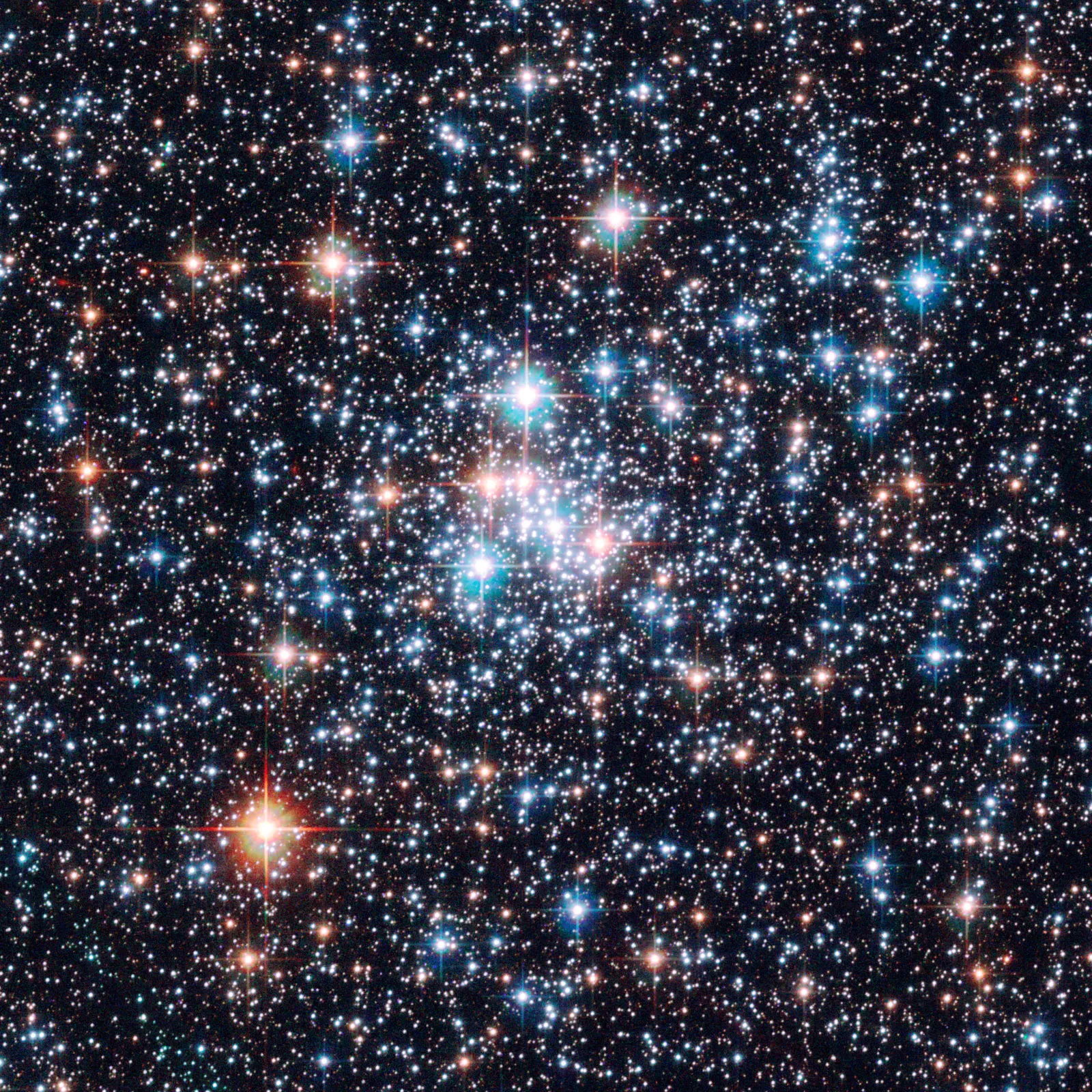Stamp: 40 Year of Satellite Telecommunications (Algeria 2015)
40 Year of Satellite Telecommunications (Algeria 2015)
22 December (Algeria ) within release 150th anniversary of the International Telecommunication Union (ITU) goes into circulation Stamp 40 Year of Satellite Telecommunications face value 25 Algerian dinar
| Stamp 40 Year of Satellite Telecommunications in catalogues | |
|---|---|
| WADP Numbering System - WNS: | WAD:DZ020.15 |
Stamp is horizontal format.
|
Data entry completed
80%
|
|
|---|---|
| Stamp 40 Year of Satellite Telecommunications in digits | |
| Country: | Algeria |
| Date: | 2015-12-22 |
| Size: | 40 x 30 |
| Perforation: | 13 by 13 |
| Format: | Stamp |
| Face Value: | 25 Algerian dinar |
Stamp 40 Year of Satellite Telecommunications it reflects the thematic directions:
A satellite or artificial satellite is an object, typically a spacecraft, placed into orbit around a celestial body. They have a variety of uses, including communication relay, weather forecasting, navigation (GPS), broadcasting, scientific research, and Earth observation. Additional military uses are reconnaissance, early warning, signals intelligence and, potentially, weapon delivery. Other satellites include the final rocket stages that place satellites in orbit and formerly useful satellites that later become defunct.
Telecommunication, often used in its plural form or abbreviated as telecom, is the transmission of information with an immediacy comparable to face-to-face communication. As such, slow communications technologies like postal mail and pneumatic tubes are excluded from the definition. Many transmission media have been used for telecommunications throughout history, from smoke signals, beacons, semaphore telegraphs, signal flags, and optical heliographs to wires and empty space made to carry electromagnetic signals. These paths of transmission may be divided into communication channels for multiplexing, allowing for a single medium to transmit several concurrent communication sessions. Several methods of long-distance communication before the modern era used sounds like coded drumbeats, the blowing of horns, and whistles. Long-distance technologies invented during the 20th and 21st centuries generally use electric power, and include the telegraph, telephone, television, and radio.
Space is a three-dimensional continuum containing positions and directions.In classical physics, physical space is often conceived in three linear dimensions. Modern physicists usually consider it, with time, to be part of a boundless four-dimensional continuum known as spacetime. The concept of space is considered to be of fundamental importance to an understanding of the physical universe. However, disagreement continues between philosophers over whether it is itself an entity, a relationship between entities, or part of a conceptual framework.



